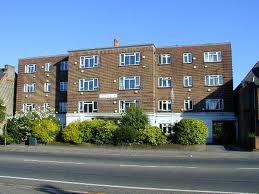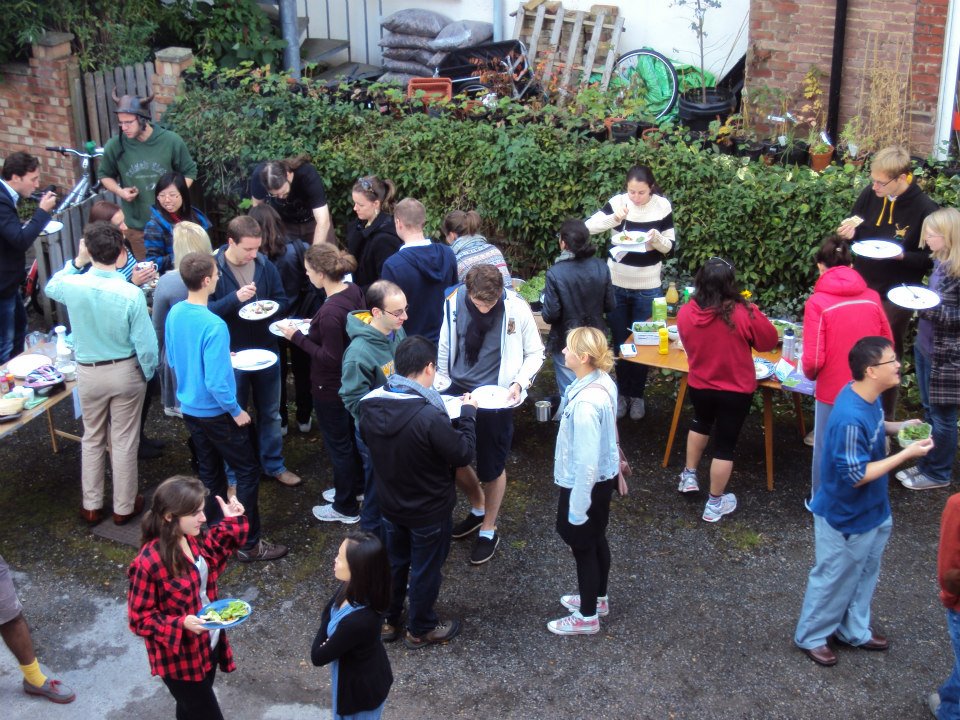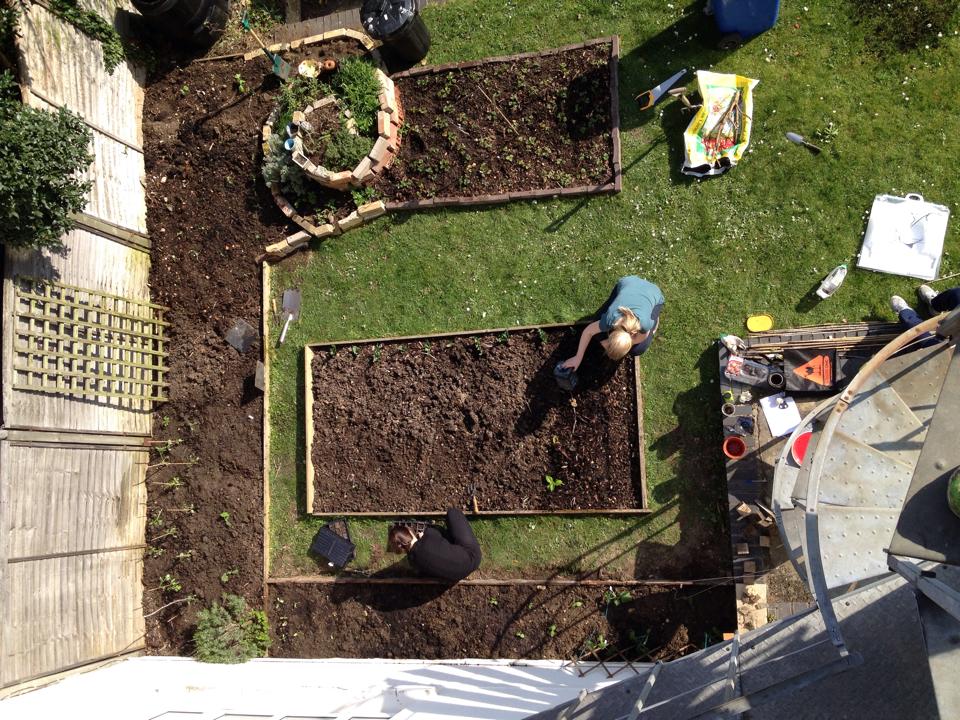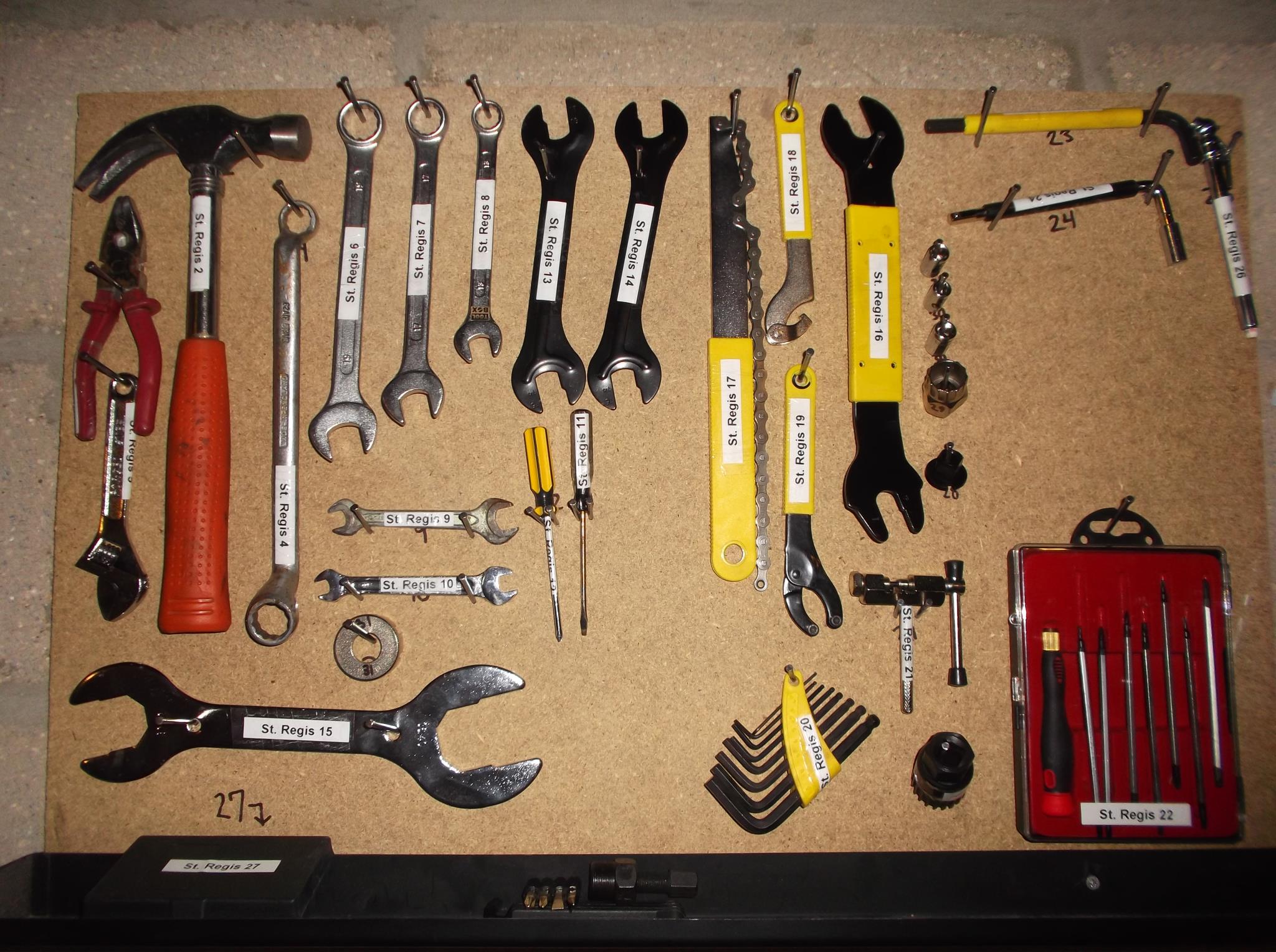“Is it a quiet neighbourhood?”
Stephanie Ferguson, Thinking Partner, The Idea Tree Consulting
November 18, 2014
This was the question posed to me recently by someone asking about my new home in Victoria. Not really thinking, I said politely that it I supposed it was, except for the children who play in the complex adjacent to ours, but that was alright as it was good they were playing outside.
Later that day I wondered, why is it a good thing to live in a quiet neighbourhood? Presumably the phrase as people mean it well refers to low crime and few cars going up and down the street. But if you were to look out onto a the street of a “quiet neighbourhood” presumably there would be nobody walking up or down the street, few if any children playing, or people having conversations with their neighbors, checking in on the community  garden, or reading a community noticeboard.
garden, or reading a community noticeboard.
At our last place of residence, we were able to create a great deal of community between the 3 buildings that made up our apartment complex, known as St. Regis. The complex was University housing for graduate students and their partners, and so there were a lot of not only international residents but a great deal of turnover (usually a person’s stay would last anywhere from 8 months to 4 years at most).
We built up the community in a number of ways. First we started a “free box,” when we noticed household items in the trash or right next to it at the end of the academic year. People would arrive from other countries with just a suitcase and needed to provide a number of household items for themselves, sometimes for only 8 months. Buying these things new from the stores only to get rid of them again less than a year later seemed ludicrous to us, so we got a big cardboard box, wrote on it in big black lettering and put up signs encouraging people to give and take household items from the box instead of using the trash. It was sometimes too popular!
Usually over the summer there were far too many items to fit into just one box, so we stored them for a couple of months until the new students who needed them arrived in the autumn. Anything people didn’t take we sorted to the rubbish, recycling or charity shops as appropriate. It was a lot of work but saved us and a lot of other people a lot of money, as well as waste.
We took to greeting new arrivals in the move-in period in October personally, so right from the start they knew we were friendly and interacting with neighbours was the norm, rather than the exception. We started a Facebook group which facilitated sharing and borrowing of screwdrivers and printers, organizing shared taxis to events going into town, and posting warnings if someone unfamiliar was seen checking out the bike racks.
 We held barbeques for the entire complex in the parking area, and our floor was especially close-knit; one term each resident took turns preparing a regionally-themed breakfast from their home country for the rest of the floor. Other floors became inspired and organized a building Christmas party. Another one of our neighbours, a fellow friendly Canadian turned us into board-game enthusiasts, and afterwards we often used board games to welcome new people and encourage them to not be shy.
We held barbeques for the entire complex in the parking area, and our floor was especially close-knit; one term each resident took turns preparing a regionally-themed breakfast from their home country for the rest of the floor. Other floors became inspired and organized a building Christmas party. Another one of our neighbours, a fellow friendly Canadian turned us into board-game enthusiasts, and afterwards we often used board games to welcome new people and encourage them to not be shy.
During our second year in the building, we started a community garden. It
was surprisingly easy to get permission from the management to take over a small patch of grass off in a sunny corner of the complex.  The groundskeeper even gave us a load of beautiful stones from storage to help us build beds. Construction sites in the neighbourhood donated bricks and wood from their skips, so everything was reclaimed and reused. We shared strawberries in the spring and onions in the fall with anyone who would accept them. After we left the building a botany student took over and the space absolutely flourished under his leadership.
The groundskeeper even gave us a load of beautiful stones from storage to help us build beds. Construction sites in the neighbourhood donated bricks and wood from their skips, so everything was reclaimed and reused. We shared strawberries in the spring and onions in the fall with anyone who would accept them. After we left the building a botany student took over and the space absolutely flourished under his leadership.
In our fourth year, we started a tool library in one of the bicycle sheds, recognizing that it was silly and wasteful for everyone in the building to have a set of tools which were so badly needed for the bicycles that nearly everyone used for commuting.  We were able to buy the tools for about £100, which was provided by the
We were able to buy the tools for about £100, which was provided by the
college’s graduate union (the Middle Common Room in Cambridge speak), and a spare piece of plywood was installed by the building management at no cost. A sign out sheet showed that the tools were well used, and also weren’t going missing!
While we lived at St. Regis, I knew we had something special going on, but I didn’t quite realize how special until we departed. We did probably find it easier to do these things given that we already had a number of factors in common with fellow residents, including everyone was either a graduate student or living with one, we were all relatively of a similar age, the majority of us were cyclists, and many of us made a move from another country to be there. Over the coming months, we hope to develop guides on how to implement these and other strategies for building community in any neighbourhood, as well as attempt to replicate and adapt them to our new housing complex which reflects a more average situation than student housing.
While the intention behind the original question above was well-meaning, a quiet neighbourhood too often means people driving their cars from wherever it is they go during the day, straight to the garage or driveway and never actually using the place they live as a community. Personally, I would rather live in a lively, connected, supportive neighbourhood than a quiet one!

